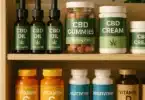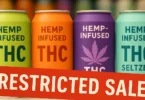The term ‘cannabis tourism’ denotes a well-known concept. People travel to destinations where they can specifically take part in cannabis consumption activities. Cannabis is not the only drug that drives tourism though, as Mexico’s burgeoning magic mushroom tourism industry implies. Yes, Mexico is known for cartels and tequila, mariachi and sombreros. And now magic mushrooms too. Psychedelic tourism is definitely on the rise.
¡Únete a nuestra comunidad exclusiva en Telegram!
- Obtenga las mejores ofertas en vape pens, carts y comestibles.
- Red con personas de ideas afines
- Accede a ofertas y promociones exclusivas en productos de edición limitada de algunas de las mejores empresas del mercado.
Cannadelics Weekly Deals, now on Telegram!
Of all the psychedelics, THC is still the most popular one. For THC users who have a problem with the anxiety or experience paranoia, the alternate delta-8 THC might be preferable. If you think you could benefit from this altered version of THC, take a look at our awesome delta-8 THC deals, and try it out for yourself.
Maria Sabina and Oaxaca mushrooms
Different parts of Mexico are known for different things. Like the town of Tequila, which is the actual birthplace of one of the most popular liquors throughout the world. As it happens, the state of Oaxaca, Mexico is known for its very own thing, as the main point of Mexico’s magic mushroom tourism industry. The Oaxaca highlands area, like San Jose del Pacifico, is specifically known for magic mushrooms and the related tourism, particularly between July and October.
Travelers come to Oaxaca for mushrooms, both from within Mexico, and from all over the world. Magic mushrooms were first discovered in Mexico by Spanish friars, during the time that Mexico was being colonized. Oaxaca mushrooms (or ‘hongos’ in Spanish) were brought into prominence in this area by witch doctor – or Mazatec curandera – Maria Sabina, who used them in her work.
She worked with many rich and powerful people who wanted the benefits of the mushrooms. She became well-known to the public in 1955 when the article ‘Seeking the Magic Mushroom’ written by R Gordon Wasson, the vice-president of JP Morgan, was published. It was this semi-stardom that made her, and her mushrooms, known to Timothy Leary, the Harvard psychologist who went on to become a leading advocate for psychedelics.
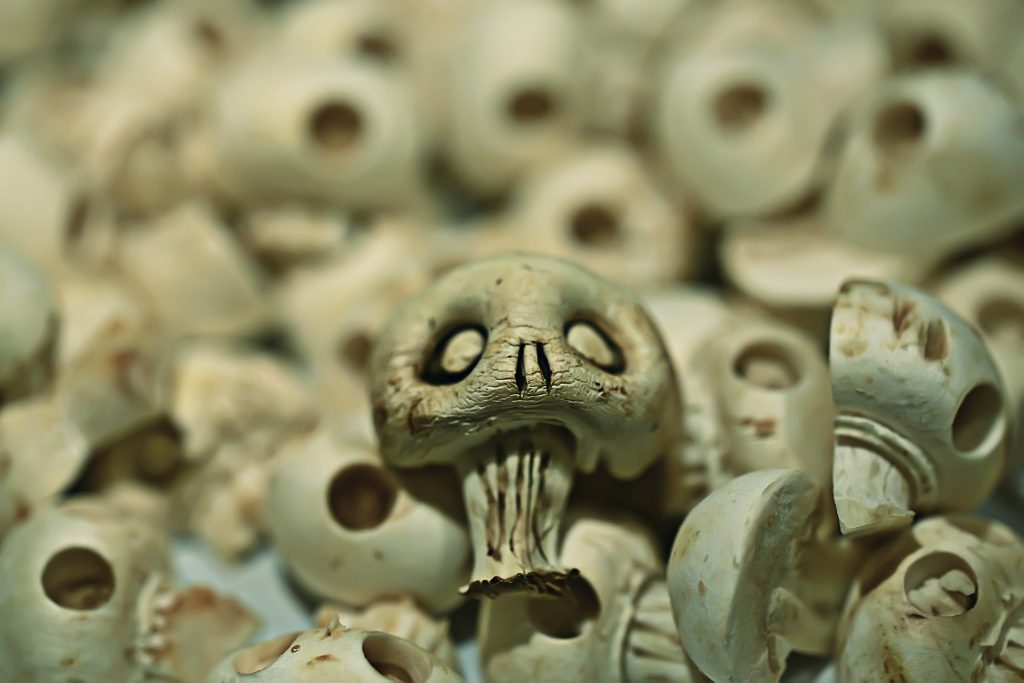
Timothy Leary wasn’t the only well-known name to have been inspired by Maria Sabina. In the 1960’s – the era of the hippie, psychedelics were rather big for both individual use, and in celebrity culture. That general area of Oaxaca was visited in this decade by members of the Beatles, the Rolling Stones, Jim Morrison of the Doors, and Bob Dylan, all to take psychedelic mushrooms.
These mushrooms are a big part of local Zapotec culture, and are used for religious and traditional purposes. Law enforcement tends to ignore these uses by indigenous cultures, even though the mushrooms are illegal. In the Zapotec culture, children as young as six-years-old can consume mushrooms as part of their rituals. In fact, the current influx of tourists has done much to disrupt local culture in the area, and has worked to drive a large magic mushroom scam market as well.
Mexico’s magic mushroom tourism industry has brought so many people to Oaxaca, and places like San Jose del Pacifico, and Huautla de Jimenez, where Maria Sabina used to operate from, that tourists getting off the buses in some of these areas can expect to be met by children, waiting to take them to where they can find mushrooms.
What are magic mushrooms? And what are psychedelics?
Magic mushrooms are a grouping of fungi that can grow wild, or be cultivated. Mushrooms with this designation contain psilocybin as a primary psychoactive compound, though many mushrooms contain other psychoactive compounds as well, like Psilocin. Examples of mushrooms in this category include: Psilocybe (the most well-known), Panaeolus, and Conocybe. Mushrooms are often purchased dried out, but can be consumed raw as well. Mushroom trips generally last around six hours.
Both psilocybin and psilocin are hallucinogenic compounds that are both serotonergic, or acting on serotonin receptors in the brain. Magic mushrooms are known for promoting feelings of euphoria, altered mood and perception, distortion in time and reality, heightened feelings of connection between people, intensified feelings of spirituality, and an increased level of introspection.
Psychedelics, the class of drugs that psilocybin and psilocin are known as, is a subset of hallucinogenic drugs, which itself is a subset of psychoactive drugs. Psychedelics are known generally for causing the kinds of effects experienced through magic mushrooms, with altered perception, cognition, and mood, euphoria, spirituality, connectedness, and the rest. Very infrequently are psychedelics associated with unwanted effects and bad trips if dosing is done correctly, but negative effects like increased heart rate, anxiety, sweating, and nausea, are possible.
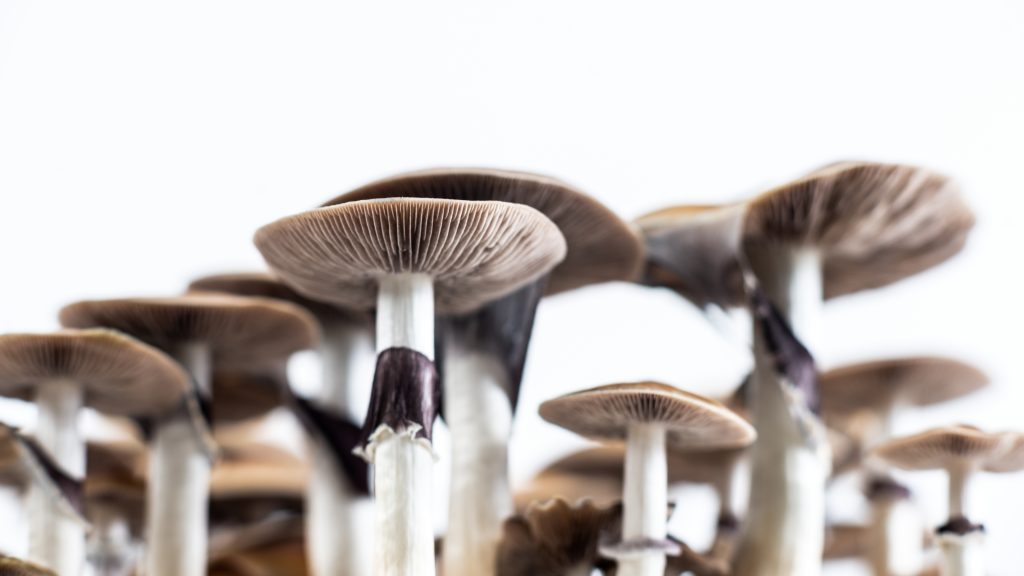
Recently there has been a renewed interest in psychedelic testing. This is a general continuation of what was started in the mid 1900’s with LSD and psychedelic-assisted therapy, in which the patient is given a psychedelic drug, and then guided through the experience by a professional, who can help the patient use the drug to mentally work out their issues.
Legality of magic mushrooms
Mushrooms are interesting because they fall into a legal loophole in many places of the world. The magic mushroom loophole goes like this: the active psychedelic compounds found in mushrooms, like psilocybin and psilocin, are schedule I drugs according to the Convention on Psychotropic Substances, a UN international drug scheduling treaty meant to police the use, production, and sale of different substances throughout the world. Many countries, like the US, also have drug scheduling laws of their own, and many put these compounds in schedule I of local legislation.
What creates the loophole with magic mushrooms, is that the mushrooms themselves are perfectly legal, and under no global treaty regulation. Under international law, its legal to have the mushrooms, but the compounds inside are illegal. Plus, many places (like Mexico) make designations about how the mushroom is grown, to determine legality.
It’s just like the industrial hemp loophole, which allows industrial hemp to be grown in places where cannabis consumption is illegal, thereby giving residents a way to consume hemp outside of the law. This same loophole also covers products like delta-8 THC, which can be sourced from the *legal THC in hemp plants, thereby creating a compound that is technically illegal according to what it is, but produced completely legally, and not actually mentioned by name in the law.
Putting these drugs in schedule I of drug legislation implies that the compounds are dangerous, addictive, and with no medical benefit. A line like this starts to sound sillier and sillier as it keeps being applied to substances that are so clearly not in that category. And it brings up the question of how we’re supposed to be protected by such laws, and the people who put them in place.
In 2001, this loophole was made all the more clear on a global level, when the (INCB) International Narcotics Control Board (the independent organization that monitors how UN international drug treaties are implemented) secretary of the board, Herbert Schaepe, made the following statement in answer to a question by the Dutch Ministry of Health:
“As a matter of international law, no plants (natural material) containing psilocine and psilocybin are at present controlled under the Convention on Psychotropic Substances of 1971. Consequently, preparations made of these plants are not under international control and, therefore, not subject of the articles of the 1971 Convention.”
Is Mexico’s magic mushroom tourism industry illegal?
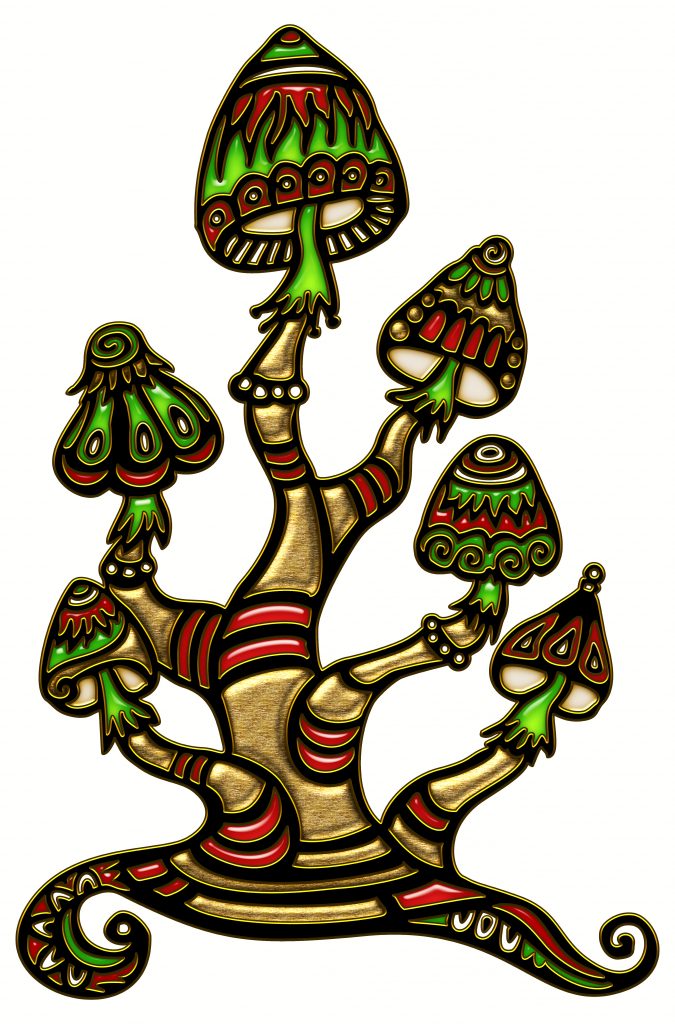
When it comes to Mexico, the 1984 Ley General de Salud outlaws both psilocybin and psilocin, and even goes farther than the US, specifically mentioning psilocybin-containing fungi as a whole, to be illegal. The law even calls out a few specific species like: Psilocybe Mexicana, and Psilocybe cubensis. Native cultures using mushrooms are not held to enforcement of this law, and wild-growing mushrooms are actually legal!
What is very strange, is that when Mexico signed an amendment to the General Law on Health and the Federal Penal Code in 2009, that both LSD and MDMA were included in the list of drugs that were decriminalized, but magic mushrooms and their compounds, were not. This could, perhaps, be related to the ability for self-cultivation with mushrooms. The idea of decriminalized mushrooms might be a little scarier to big business. After all, once it becomes like cannabis, where personal-cultivation is a regular thing, it will be harder for biotech and pharmaceutical companies to control the industry.
And how likely is a pharmaceutical industry for magic mushrooms? Considering they are already used in tons of places, and that the US’s FDA named magic mushrooms as a ‘breakthrough therapy’ for major depression in 2009, it looks like there certainly will be.
According to the FDA, this “designation is for a drug that treats a serious or life-threatening condition and preliminary clinical evidence indicates that the drug may demonstrate substantial improvement on a clinically significant endpoint(s) over available therapies.” This is literally meant to quicken the development of products. If the FDA is pushing this hard for magic mushroom products, it’s a good bet there’s an industry waiting to erupt, and a full legalization might not happen until that time.
Experience Mexico’s magic mushroom tourism industry
If you’re looking to take advantage of Mexico’s magic mushroom tourism, you’ll probably want to head to San Jose Del Pacifico, which is a three hour drive from Oaxaca city, and about 3.5 hours from the Pacific coast. If you simply make it there, you probably won’t have to look too hard, since, as mentioned, the area caters to this tourism. In fact, it’s quite possible that the attendant at your hostel or hotel might ask you if you’re interested. One mushroom trip should cost about $200-250 pesos, but this could vary between locations.
Of course, if you’d rather find them yourself, you can do that too. Just be wary since picking the wrong mushroom could mean a pretty nasty death. If you want to pick them yourself, head to that region between July and October, which is the rainy season. Heading between June and August will likely net the best results.
For those who like things more planned out, there are plenty of magic mushroom retreats like this Buena Vida psilocybin retreat, where participants can take part in a controlled ritual ceremony. Retreats can be found all over the country, as Oaxaca, often considered the capital for magic mushrooms, is not the only location for tourism. Retreats exist in the Mayan Jungle, through Bluaya. Or Life Synergy Retreat which offers retreats in Playa del Carmen, and Tulipanes.

Conclusion
The general illegality of the compounds within magic mushrooms, and the mushrooms themselves, make the legality of magic mushroom tourism questionable in Mexico. However, it seems to be acceptable for ceremonial use, and when found in the wild. The latter is very important here, because it means if the mushrooms are not being officially cultivated – by you or a company – they’re actually perfectly legal.
In that sense, anyone can legally walk into the woods at any time, and legally pick and use magic mushrooms. Any retreat that incorporates these aspects of the law, can operate perfectly legally. As the general world of psychedelic tourism grows, Mexico is sure to see even more people come through, to trip on its mushrooms.
Hi and welcome to CBDtesters.co, the top spot for all the latest cannabis-related news from around the globe. Check in with us daily so you’re always on top of the ever-changing world of legal marijuana, and sign up to our newsletter so you never miss a thing.
Resources
Delta-8 THC Delivery Methods: Best Way to Get It in You
How to Invest in Multi-Billion Dollar Medical Psychedelics Industry
Are CBD-Infused Beverages The Next Big Thing?
The New Rise of Medical Psychedelics
What is DELTA 8 THC (FAQ: Great resource to learn about DELTA 8THC)
Mexico Delayed Cannabis Bill Again
Delta-8 THC and Athletics – Why the Two Go Together
The CBD Flowers Weekly newsletter (your top resource for all things smokable hemp flowers). Nature’s Magic – The Health Benefits of Psilocybin Mushrooms
Florida Bill Aims to Legalize Medical Magic Mushrooms
The Delta 8 Weekly Newsletter (All you need to know about Delta 8 thc) and the Best Delta 8 THC Deals. Desert Tripping – A Closer Look at Peyote: Spiritual, Medicinal, & Controversial
Kiss the Psychedelic Toads to Treat Mental Illness Delta-8 THC Contaminated Products, or Just Bad Press? Delta 8 Syringes, the Best Vape Ban Workaround
Ayahuasca In the Fight Against Drug Addiction MDMA – The New Way to Treat PTSD
Welcome to the World’s 1st DMT Trials into Depression
Disclaimer: Hi, I’m a researcher and writer. I’m not a medical professional, I have no formal legal education, and I’ve never been to business school. All information in my articles is sourced from other places, which are always referenced, and all opinions stated are mine, and are made clear to be mine. I am not giving anyone advise of any kind, in any capacity. I am more than happy to discuss topics, but should someone have a further question or concern, they should seek guidance from a professional in the relevant field for more information.


